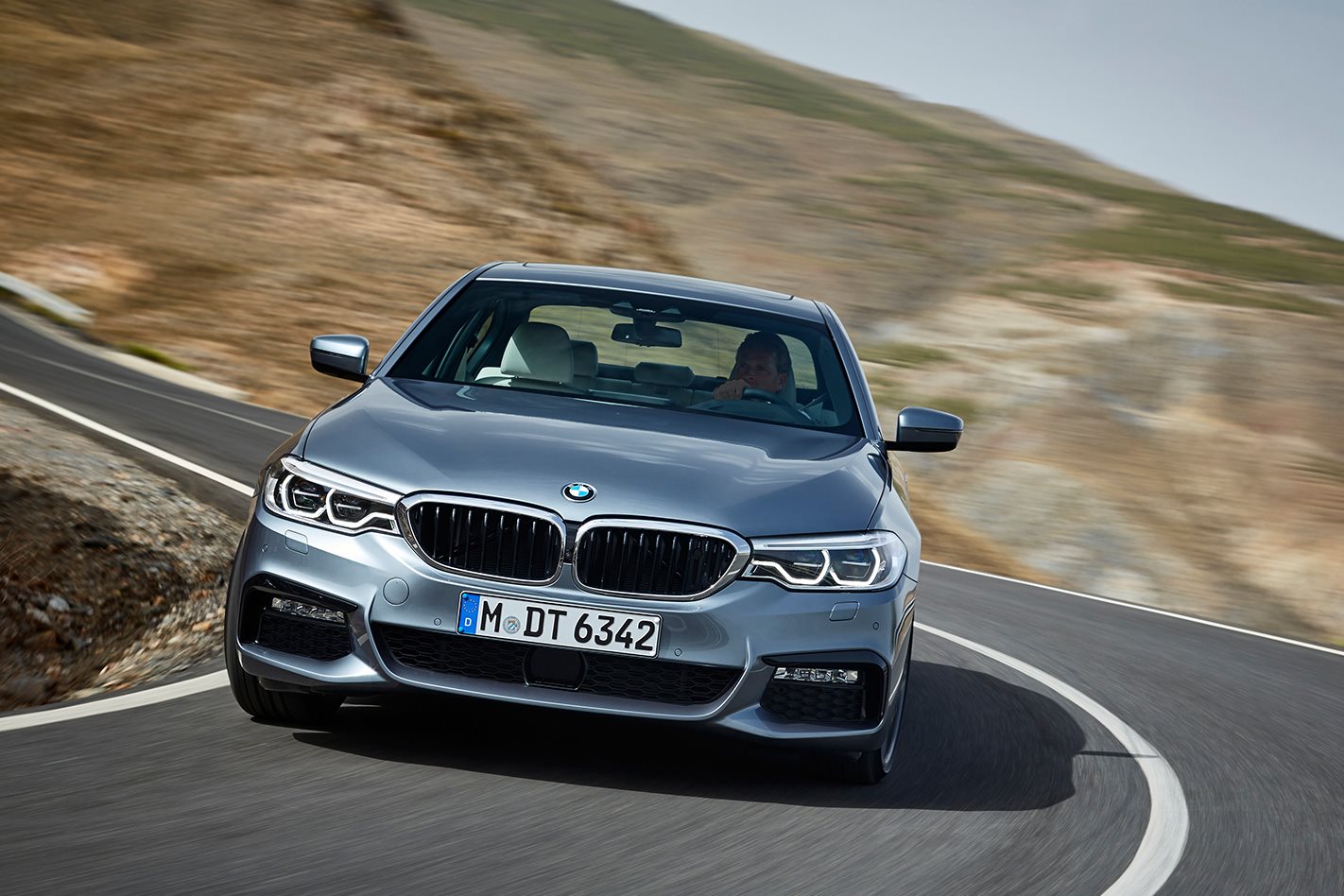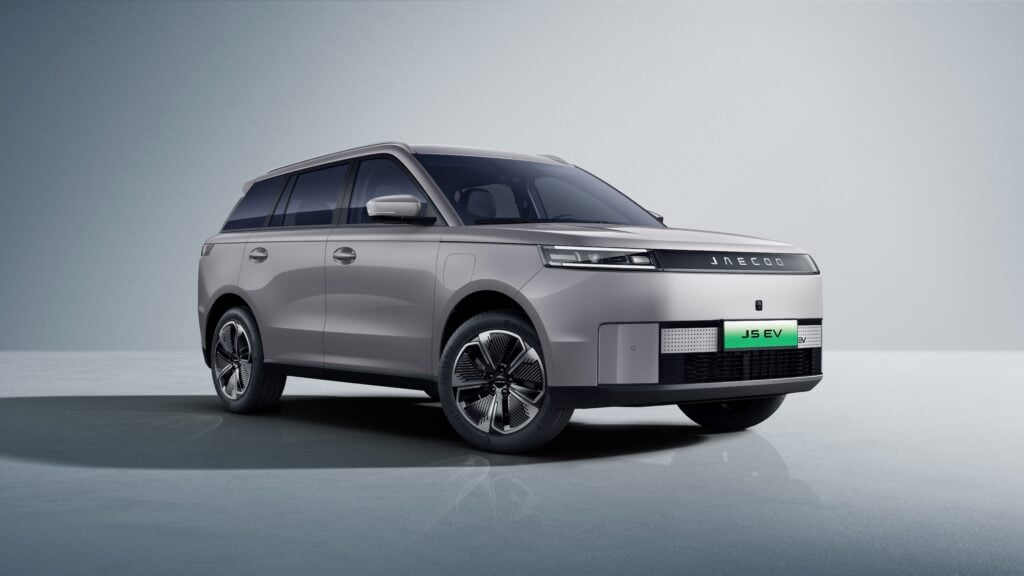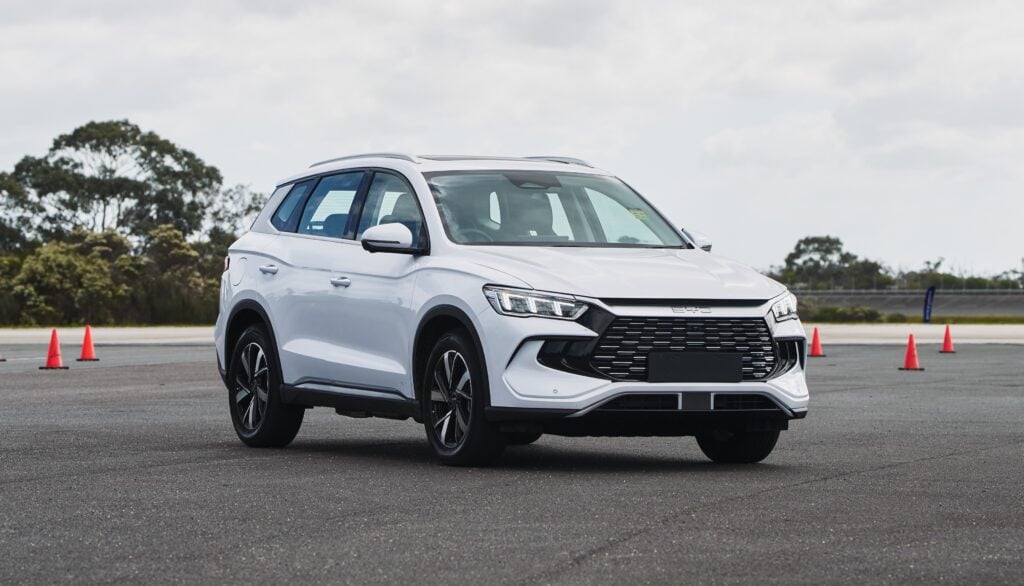BMW’s new 5-Series will be the first car on the market able to read – and decipher – Australian school zones.
Using stereo cameras built into the top of the windscreen, the new large sedan that arrives in March 2017 will be able to read what time the school zones are active, align them with the car’s in-built clock and alert the driver if a school zone is active.
This separates it from similar systems used by Mazda, Volvo, and Tesla, as it can determine what times the school zones are active, instead of warning you regardless of the time.
“It can pick it up and it can pick up you’ve got a school zone from, say, 8.30,” said Shawn Ticehurst, BMW Australia head of product and market planning. “We tested the feature out here; it’s got now an accuracy rate that’s quite high.”
However, Ticehurst admits the system will not be perfect, potentially reacting to 40km/h speed signs on the back of NSW buses and 100km/h limits on the back of trucks.
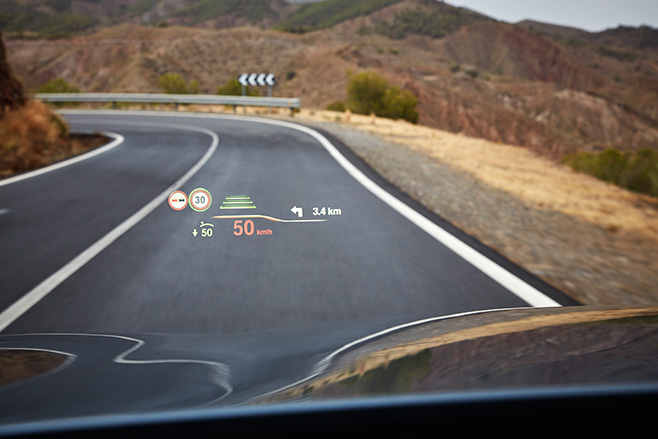
It is the first time BMW has offered speed limit recognition technology since 2011, when it was briefly fitted but later disconnected and pulled from sale – and owners refunded – following feedback of too many errors.
Other carmakers offer speed limit recognition in Australia but in each case the system isn’t 100 percent accurate.
The technology is one of a number aimed at cementing the 5-Series as a tech and connectivity leader.
The speed limit recognition can also be linked to the active cruise control, so the car automatically adjusts its speed in changing zones, potentially reducing the risk of a speeding fine.
It will also have remote parking functionality, allowing the car to be parked into tight spots from the keyfob.
The ConnectedDrive, too, has been updated to now include a feature that sends a photo from the four external cameras to the owner’s phone every three minutes, allowing them to see if there car has been blocked in or sustained any damage.
The touchscreen, too, picks up iPad-like pinch and swipe functionality, teaming with the gesture control features that allow mid-air swipes to cancel phone calls or adjust the audio volume.
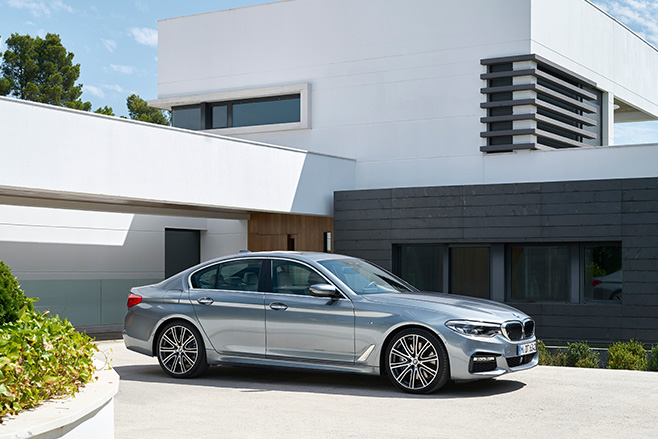
The head-up display on BMW’s new 5-Series now accounts for polarised sunglasses, for example, something most European cars don’t bother with (the Holden and Mazda systems do work with polarised lenses).
The new 5-Series will initially be offered in Australia with four turbocharged engines; a 2.0-litre four-cylinder petrol and diesel and a 3.0-litre inline six-cylinder petrol and diesel.
The 530e plug-in hybrid is due later in 2017 and a twin-turbocharged, V8-powered M5 is a given; expect it by 2018.
At this stage the 550i – which uses a twin-turbo V8 and all-wheel drive to reach 100km/h in 4.0 seconds – is not expected in Australia.
While the 5-Series outsells its two main rivals – Mercedes-Benz’s E-Class and Audi’s A6 – globally, in Australia the E-Class beats it.
BMW puts that partially down to the popularity of the X5, arguing some buyers at that end of the market have switched to the functionality of an SUV.
But the company is hoping the new 5 will draw more buyers to the model.

